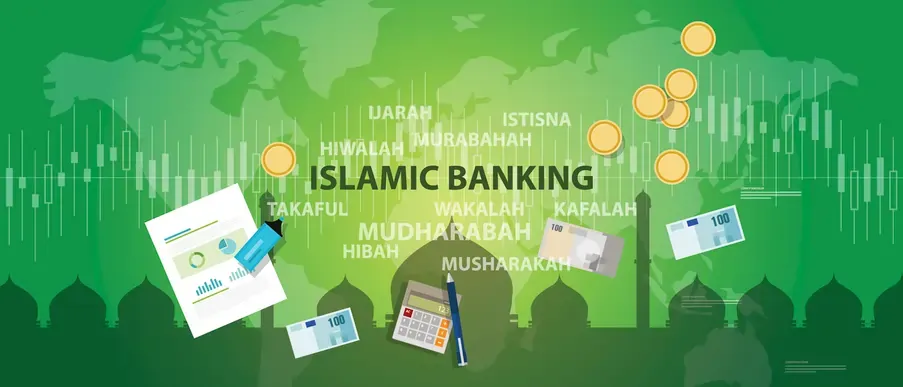
Islamic Development Bank
In the realm of international finance and economic development, the Islamic Development Bank (IDB) stands as a beacon of progress and innovation. Established with the primary goal of fostering economic development and social progress in member countries through Islamic finance principles, the IDB has played a pivotal role in shaping the economic landscape of numerous nations. In this SEO-optimized article, we will delve into the intricacies of the Islamic Development Bank, exploring its origins, functions, impact, and future outlook.
Historical background
The Islamic Development Bank was founded in 1975, making it one of the oldest multilateral financial institutions in the world. It was established with the vision of promoting economic development and social well-being in its member countries by providing financial and technical assistance. Understanding the historical context of its formation is crucial to appreciate the bank’s evolution and its mission.
Mission and objectives
At its core, the IDB operates with a clear mission: to promote comprehensive human development, with a focus on eradicating poverty and fostering sustainable economic growth. The bank channels its efforts into various sectors, including education, healthcare, infrastructure, and agriculture. By adhering to Islamic finance principles, the IDB aims to create a financial system that is ethical, inclusive, and sustainable.
Islamic finance principles
One of the distinguishing features of the IDB is its commitment to Islamic finance principles, such as the prohibition of usury (rib) and the promotion of risk-sharing in financial transactions. Understanding these principles is crucial for comprehending the unique approach the bank takes in its development initiatives, providing an alternative model to conventional banking systems.
Financial instruments and services
The IDB employs a range of financial instruments to support its member countries. These include Shari’ah-compliant loans, equity participation, and grants. By offering a diverse set of financial services, the bank tailors its support to meet the specific needs of each member country, ensuring a flexible and effective approach to development finance.
Impact on member countries
Through its decades of operation, the IDB has left an indelible mark on the economic and social fabric of its member countries. Projects funded by the bank have contributed to infrastructure development, poverty reduction, and advancements in healthcare and education. Examining case studies and success stories provides insights into the tangible impact of the IDB’s initiatives.
Challenges and opportunities
Like any large financial institution, the IDB faces challenges in navigating the complex landscape of international development. From geopolitical considerations to economic uncertainties, understanding these challenges is crucial for assessing the bank’s ability to adapt and continue its mission. Moreover, identifying opportunities for growth and collaboration can shed light on the potential future impact of the IDB.
Future outlook
As we look to the future, the Islamic Development Bank remains a key player in the global development arena. The bank continues to evolve, embracing technological advancements and innovative financial solutions to address emerging challenges. Analyzing its strategic plans and vision for the future provides valuable insights into the trajectory of the IDB and its potential contributions to global development goals.
In conclusion, the Islamic Development Bank stands as a testament to the power of ethical finance in driving sustainable development. By adhering to Islamic finance principles and leveraging a diverse set of financial instruments, the IDB has become a crucial player in the international development landscape. As we explore its historical roots, mission, impact, and future outlook, it becomes clear that the IDB is not just a financial institution; it is a catalyst for positive change, unlocking progress in the pursuit of a better, more equitable world.


